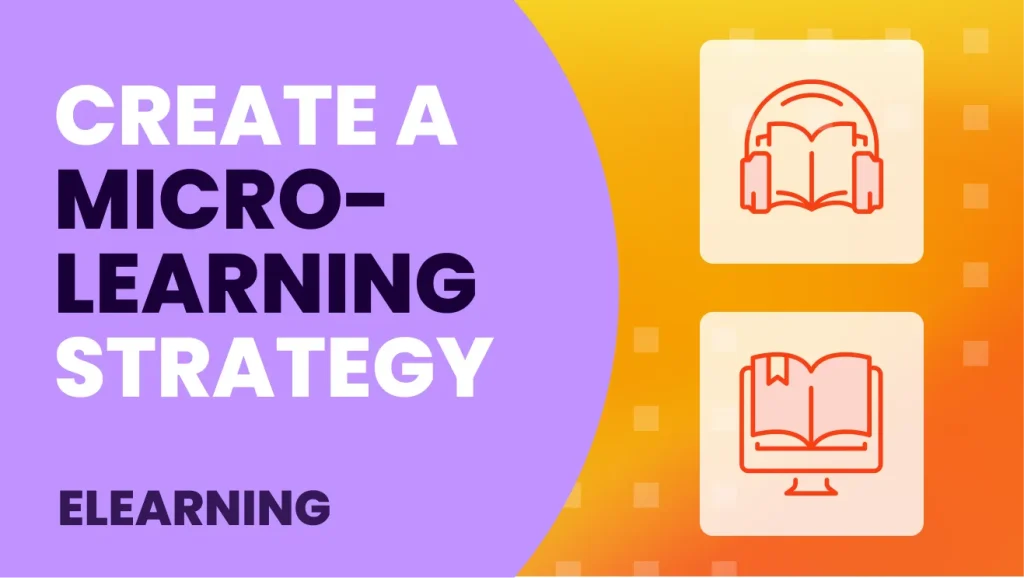New technologies make it possible to develop customized e-Learning training strategies, offering each student tailored learning with activities or exercises appropriate to his or her level and specific needs. All this is possible thanks to the new MOOC (massive open online courses) tools or gamification techniques.
The challenge remains to motivate students and employees to use these technologies and tools for training. Therefore, here are some tips for designing a training strategy that will lead to success.
What is a training strategy?
We define a training strategy as a group of actions carried out to achieve an educational objective.
By including technology in the training strategy, we are using the digital elements we have at our disposal such as videos, gamification, interactive activities, etcetera. In this sense, e-learning platforms facilitate learning thanks to their great possibilities.
Recommended reading: Possibilities of e-learning training

Defining the audience
Each student learns at a different pace and it is important to know the target group. Creating courses for a group of school-age students is not the same as creating courses for a group of company employees.
The age group, therefore, is important to take into account when drawing up the strategy and defining the training action in each case.
Within the training strategy, the tutor plays an important role that must be followed to achieve success. In the tutorial action plan (TAP) that it is advisable to draw up, the actions and processes to be carried out during the training are outlined.
These processes or actions can be divided into three groups:
- Motivation strategies
- Follow-up strategies
- Results evaluation
Let’s take a look at each of them.
E-learning motivation strategies
In order to motivate a student, short-term objectives and goals must be established so that the student will be able to progress in the training little by little without the learning being an effort.
To this end, activities can be proposed to keep them entertained and keep them acquiring knowledge in a fun and enjoyable way. The use of playful content, such as elearning gamification, is very beneficial to generate this motivation.
The student must feel at all times that the tutor is following his or her progress, recognizing his or her advances and achievements. Proposing participation tools such as chat, videoconferencing, social networks, or forums in e-learning training maintains that connection with the tutor (and other students) that is essential for the student.

Follow-up strategies
Knowing that the student enrolled in the course has started the course is the first follow-up action to be taken. In the event that this has not been the case, meeting that need is paramount.
Likewise, each student’s progress must be monitored until the end of the course, ensuring that there have been no incidents in the training process. It is important to be attentive to the students and solve their doubts, not only when the student asks; the tutor must offer his help.
In e-learning courses this help can be offered, for example, if we observe that the user has not completed a training activity or has taken longer than the established time to complete it. In this case, the tutor can ask him/her if it went well, if he/she had any doubts about the activity.
Evaluates the results of the training strategy
In addition to the evaluation of the students, the teaching-learning process must also be evaluated in all its aspects: organization, methodologies, resources, and materials.
The evaluation tools proposed by the e-learning systems are useful both for the evaluation of students and to know the degree of satisfaction of the training process in general.





